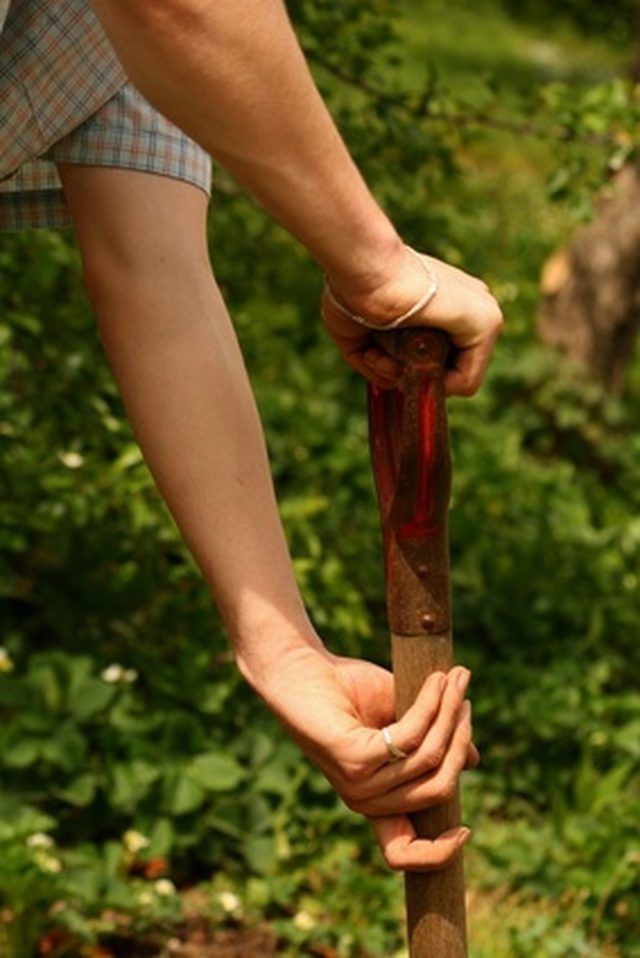Bulbs
Flower Basics
Flower Beds & Specialty Gardens
Flower Garden
Garden Furniture
Garden Gnomes
Garden Seeds
Garden Sheds
Garden Statues
Garden Tools & Supplies
Gardening Basics
Green & Organic
Groundcovers & Vines
Growing Annuals
Growing Basil
Growing Beans
Growing Berries
Growing Blueberries
Growing Cactus
Growing Corn
Growing Cotton
Growing Edibles
Growing Flowers
Growing Garlic
Growing Grapes
Growing Grass
Growing Herbs
Growing Jasmine
Growing Mint
Growing Mushrooms
Orchids
Growing Peanuts
Growing Perennials
Growing Plants
Growing Rosemary
Growing Roses
Growing Strawberries
Growing Sunflowers
Growing Thyme
Growing Tomatoes
Growing Tulips
Growing Vegetables
Herb Basics
Herb Garden
Indoor Growing
Landscaping Basics
Landscaping Patios
Landscaping Plants
Landscaping Shrubs
Landscaping Trees
Landscaping Walks & Pathways
Lawn Basics
Lawn Maintenance
Lawn Mowers
Lawn Ornaments
Lawn Planting
Lawn Tools
Outdoor Growing
Overall Landscape Planning
Pests, Weeds & Problems
Plant Basics
Rock Garden
Rose Garden
Shrubs
Soil
Specialty Gardens
Trees
Vegetable Garden
Yard Maintenance
How to Install Plastic Landscape Edging
How to Install Plastic Landscape Edging. There is no getting around it: yard work is work, but installing plastic landscape edging around trees or flowerbeds not only gives your yard a neat and polished look, it also cuts down on future yard work by minimizing the spread of weeds and making mowing easier. With a minimum investment of time and...

There is no getting around it: yard work is work, but installing plastic landscape edging around trees or flowerbeds not only gives your yard a neat and polished look, it also cuts down on future yard work by minimizing the spread of weeds and making mowing easier. With a minimum investment of time and effort, installing plastic landscape ending will ensure that your grass stays where your grass should be, and your dirt and other landscaping elements stay safely where you want them.
Things You'll Need
Plastic edging
Edging connectors
Stakes
Spray paint (optional)
String (optional)
Shovel, spade or mechanical tiller
Gloves (optional)
Mark the area you plan to edge with spray paint or string tied to stakes. Even when edging around an existing flowerbed, marking your edging path will make digging a straight line easier and ensure you get the look and placement you want.
Measure the perimeter to determine how much edging you need to purchase.
Dig a trench straight down around the entire perimeter of the bed, deep enough to accommodate your edging material. Use a spade, shovel or mechanical tiller. Read your product's instructions to determine how deep to seat the edging into the ground.
Place the plastic edging in the trench. Use plastic connectors to connect strips of edging, or to connect the ends together if your flowerbed is round. Without connectors, your edging will buckle or heave during frosts.
Brace the plastic edging with stakes as directed by the product's instruction sheet. The Home Depot suggests that edging should anchored every 3 to 4 feet.
Fill in the trench with the displaced soil. Pack the soil tightly and tamp it down with your feet or a brick--or wet the soil with a garden hose.
Tips & Warnings
Plastic edging comes in a variety of grades and depths. According to The Flower Gardener's Bible, "a 4-inch depth will keep out most shallow-rooted weeds and lawn grasses, but an 8-inch depth will do a better job."
Wear gloves and boots while digging to protect your hands and feet.